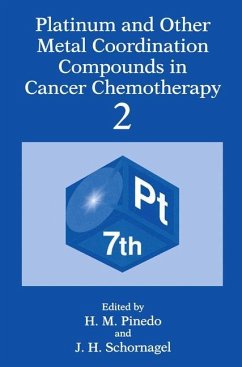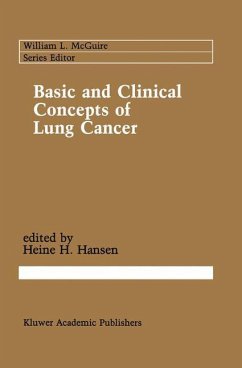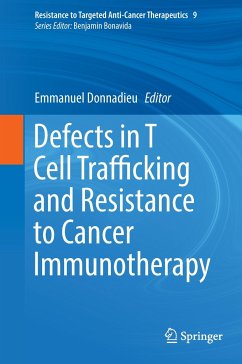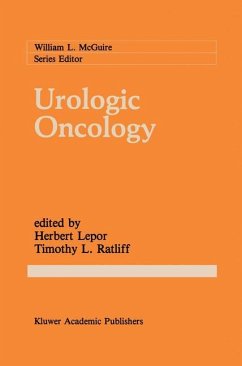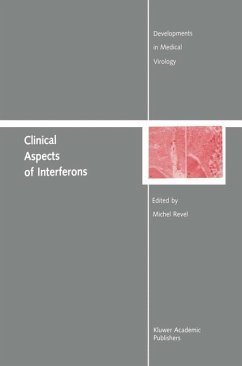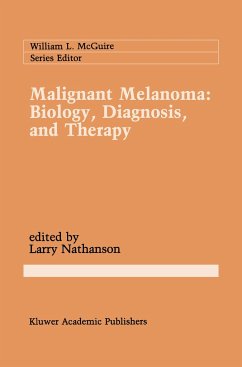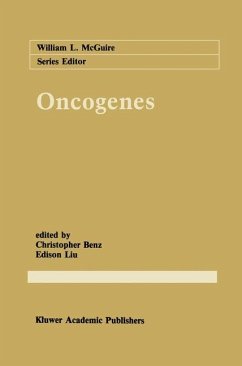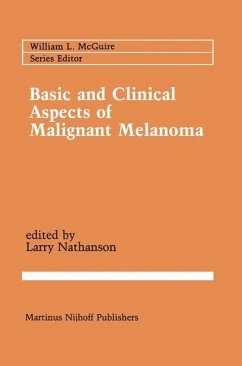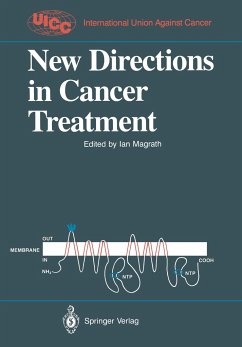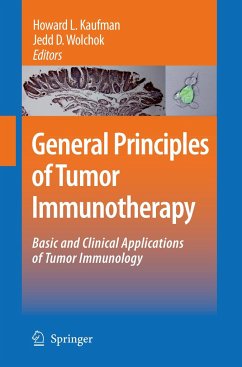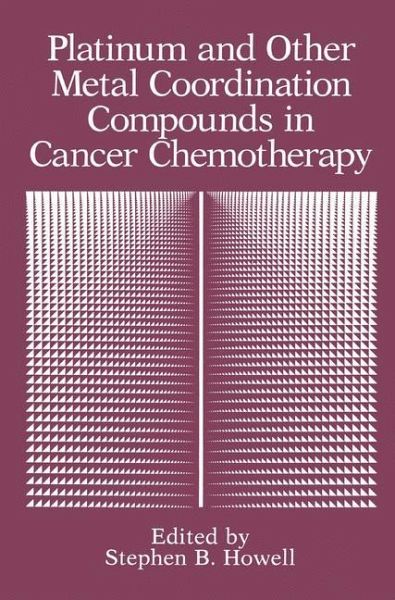
Platinum and Other Metal Coordination Compounds in Cancer Chemotherapy
Versandkostenfrei!
Versandfertig in 6-10 Tagen
226,99 €
inkl. MwSt.

PAYBACK Punkte
113 °P sammeln!
Taken together the data presented in this review, and work by many other investigators, support the notion that DNA excision repair is important in a tumor cell's resistance to platinum compounds. Inhibition of this repair system by combination chemotherapy with the excision repair inhibitors HU and Ara-C produces synergistic cell kills and increased levels and persistance of DNA interstrand crosslinks. The studies with cis-DDP and ~-DDP in combination with UV induced thymine dimers suggest that there may be competition for DNA repair enzymes between the dimer and the platinum lesion. Whether ...
Taken together the data presented in this review, and work by many other investigators, support the notion that DNA excision repair is important in a tumor cell's resistance to platinum compounds. Inhibition of this repair system by combination chemotherapy with the excision repair inhibitors HU and Ara-C produces synergistic cell kills and increased levels and persistance of DNA interstrand crosslinks. The studies with cis-DDP and ~-DDP in combination with UV induced thymine dimers suggest that there may be competition for DNA repair enzymes between the dimer and the platinum lesion. Whether the competing lesion is an intrastrand crosslink, interstrand crosslink, or platinum monoadduct (or all of these lesions) cannot be determined. The similarity between an intrastrand crosslink and a cyclobutane dimer suggests that these lesions may compete for repair. However, the increased peak levels of interstrand crosslinks, and increased persistence of these lesions at later time points suggest that this lesion may also be a substrate for the repair system. These observations may be of clinical relevance. Recently Dr. Kathy Albain of our institution has completed a Phase III I study using a 12 hour pretreatment with HU and Ara-C in patients prior to their cis-DDP therapy. She observed a significant number of responders in this trial (54). She is currently completing a second Phase IIII study substituting IV HU for the oral formulation. We anticipate initiating other clinical trials based upon these observations.





